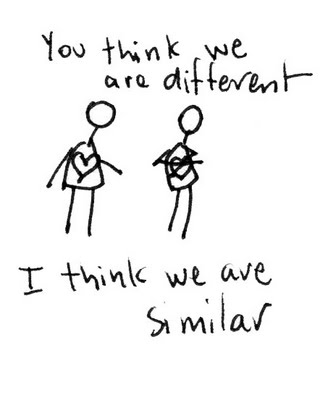This is a multipart series that will examine the prosecution of controlled substance “analogs” by both the state and federal governments.
- Part one: The controlling law
- Part two: What is an analog? The scientific problem
- Part three: Efforts to define analog
- Part four: Ohio v. Silmi et al.
I suppose we could start with the concept that lawyers and legislators make laws and infrequently consult with scientists who a subject matter experts. This is how we come up with the term of “analog” and in particular the idea of “substantially similar” that we see in the statutes. This is the root cause of all of the difficulty in the courtroom.
According to the dictionary, an analog is “a chemical compound that has a similar structure and similar chemical properties to those of another compound, but differs from it by a single element or group. The antibiotic amoxicillin, for example, is an analog of penicillin, differing from the latter by the addition of an amino group. Compare homologue.”

This is not totally clear. What is “substantially similar?” A number of tests have been devised by courts in the area of intellectual property to determine “substantial similarity.” None of which are particularly useful. Sometimes they border on circular logic such as one appellate court noted that a “substantially identical” claim is one that is “without substantive change.” Laitram Corp. v. NEC Corp., 163 F.3d 1342, 1346 (Fed. Cir. 1998). These tests used in the intellectual property world may rely on expert or lay observation and may subjectively judge the essence or critically analyze its elements. Again, this is not much help.
Ultimately, no matter what scientific consensus may or may not develop, the question of substantial similarity is a question of fact to be determined by a jury, just like in the area of patent or copyright law.
The real world issue is that with no written standard or guidance document in the scientific community that provides support or instructions to testifying experts what happens is akin to the wild wild west. There is no law. Everyone is allowed to opine as they wish with no real consequences for being wither too broad (such as saying anything with a carbon in it is an analog to a Schedule I or II) or too narrow (such as requiring nearly identical copying of the Schedule I or II drug).


